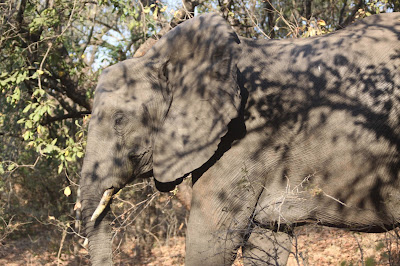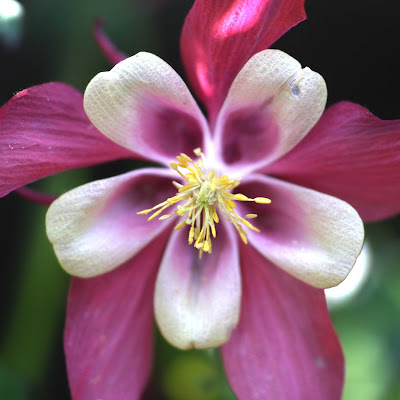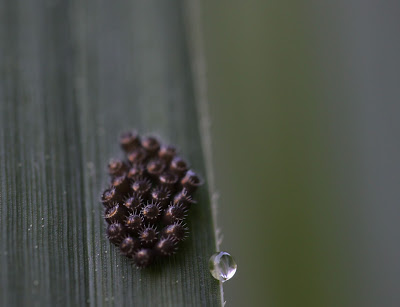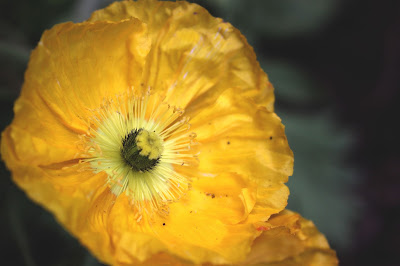It's been a long time since I posted. Part of the reason was that I spent nearly a month out of the country. I went on another
Earthwatch trip, this time to Malawi to survey wildlife. I haven't finished going through the 900 or so photos I took so this is just the first post about my trip.
Malawi is a very poor country in southern Africa. It's at the bottom of the East African Rift (sometimes called the Great Rift Valley) that run along the eastern side of the African continent. It includes Lake Victoria, Lake Tanganyika and Lake Malawi (you may know about these if you're into fish, these are where the brightly colored African Cichlids are from).
I wasn't on the lake, instead I was in southern Malawi, in the Shire valley (pronounced Shur - ee), an area of open woodlands and scrub forests.
The country of Malawi is very, very poor (one of the poorest countries in the world). Most of their environment is scared and damaged because the locals need to harvest food and fuel in order to survive. The park I was in,
Majete Wildlife Reserve, was taken over in 2003 by an organization called African Parks. African Parks took this denuded area and is in the process of turning it into a world class tourist destination. Majete is over 170,000 acres and is now enclosed by electric fence and patrolled to fight poaching. They also reintroduced species that had been poached out of the area, including elephants, lions, and zebra.

Water sources range from the Shire river to artificial waterholes (which are designed to spread the wildlife around so they don't all congregate at the riverside). Tourist facilities include campgrounds (where I stayed), small lodges and a very fancy 5-star lodge in a "concession" area. The concession area is restricted to guests at the 5-star lodge and has it's own waterhole and blind. Being a research volunteer I was allowed in the concession.
This was my tent. See the vegetation behind? That's a dry riverbed. During the night (and sometimes during the day) animals would move through the vegetation back there. Especially Nyala.
Female Nyala above, adult male below.
One of the first days in camp had elephants in the dry riverbed. Our group of Earthwatchers was very excited but we knew enough to stay back. There was a group of day tourists who did not know this. They kept getting closer and closer with their cell phones out, trying to get that super close up. One of the adult females wasn't too thrilled (that's the female in the image above, ears up and forward in a "stay back" signal). Finally the guys at the bar noticed and yelled at the day trippers.
Her "baby" came right through the camp and right past our tents.
Not the best focus - I was too excited.
Here you can get a better idea of the size of the "baby." I could stand up in the center of the tent but had to duck under the shade canopy in front.
But I also heard (but never saw) hyena during the night, and elephants moved through (they are very noisy when eating), and kudu (very large antelope), and I saw a genet one night. I also heard screaming bushbabies, these very small primates are
VERY loud.
The bathroom was located at the other end of the campsite from my tent. After dark there was a guard on site and we could call him to be escorted to the bathroom.
I only saw antelope in camp once after dark but we did find this fellow in the shower one day.
Yeah, I didn't mess with him. This is a juvenile puff adder. The researchers we worked with very carefully encouraged him to get into the bucket and carried him into the bush.
My volunteer work involved counting wildlife. African Parks is trying to keep track of how many of what are around in order to help make management decisions. They don't want the animals eating all the vegetation in the park (or in one part of the park). Since the park is fenced and surrounded by villages there is no where for "excess" animals to go. Already the elephant numbers have increased so much that they're looking into options such as contraceptives.
What does this mean? A couple of days we had "waterhole sits" where we sat in blinds (or at lodges) overlooking waterholes and counted all the animals that came to the waterhole in a 12 hour period.
The blind at Nsepete
Like Impala
Or Waterbuck
Or Warthog
Or Elephants
Gosh darn. Having to look at African wildlife all day.
More soon....















































